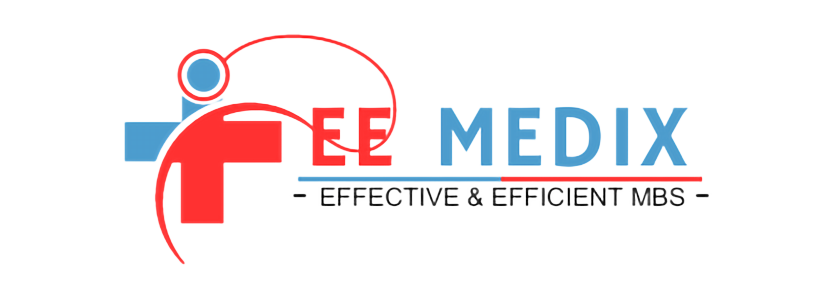The process of credentialing with insurance companies is a vital step that healthcare providers must undertake. It is a multifaceted and sometimes intricate procedure that requires careful attention. In this article, we will explore the significance of effective credentialing with insurance companies and answer some key questions regarding this process.
Table of Contents
- Introduction
- Understanding Credentialing
- Why does it take so long to get credentialed with insurance companies?
- Who is responsible for credentialing?
- The Meaning of Being a Credentialed Provider
- What is the difference between panelling and credentialing?
- The Benefits of Effective Credentialing
- Challenges in the Credentialing Process
- The Impact on Patient Care
- Ensuring Accurate and Timely Credentialing
- Streamlining the Credentialing Process
- Technology’s Role in Credentialing
- Best Practices in Credentialing
- Credentialing and Reimbursement
- Conclusion
- FAQs
Introduction
The world of healthcare is highly regulated, and one of the crucial steps in this domain is credentialing with insurance companies. This process ensures that healthcare providers are qualified, competent, and eligible to offer their services while being reimbursed by insurance companies.
Understanding Credentialing
Credentialing is the process by which insurance companies evaluate the qualifications, background, and professional history of healthcare providers. It includes verifying a provider’s education, training, licensure, certifications, and work history.
Why does it take so long to get credentialed with insurance companies?
Credentialing is a meticulous procedure that involves collecting and validating a significant amount of data. It can take time due to the thoroughness required. Additionally, insurance companies must comply with various regulations, which can contribute to the time-consuming nature of this process.
Who is responsible for credentialing?
The responsibility for credentialing typically lies with both healthcare providers and insurance companies. Providers need to submit accurate and complete information, while insurance companies are tasked with reviewing and verifying the information provided.
The Meaning of Being a Credentialed Provider
Being a credentialed provider means that a healthcare professional has met the standards and requirements set by insurance companies. This recognition allows providers to offer services and receive reimbursement from the insurer’s clients.
What is the difference between panelling and credentialing?
Panelling is the process of being added to a specific network or group of providers, while credentialing is the broader process of being recognized by insurance companies. Panelling typically follows successful credentialing.
The Benefits of Effective Credentialing
Effective credentialing is essential for healthcare providers as it ensures they can serve a broad patient base and receive timely reimbursement. It also builds trust and credibility with patients.
Challenges in the Credentialing Process
The credentialing process is not without its challenges. It can be complicated, time-consuming, and prone to errors. Providers need to navigate these challenges to ensure they can offer their services.
The Impact on Patient Care
The effectiveness of credentialing directly impacts patient care. A streamlined and efficient credentialing process ensures that patients can access quality care without delays.
Ensuring Accurate and Timely Credentialing
To achieve accurate and timely credentialing, healthcare providers should pay meticulous attention to detail, submit complete and accurate documentation, and follow up with insurance companies during the process.
Streamlining the Credentialing Process
In an era of technological advancements, streamlining the credentialing process is more accessible than ever. Healthcare providers and insurance companies are adopting digital solutions to expedite the process.
Technology’s Role in Credentialing
Technology plays a crucial role in modern credentialing. Electronic applications, databases, and communication tools have transformed the way providers and insurers manage credentialing.
Best Practices in Credentialing
Best practices include staying organized, keeping records updated, fostering open communication with insurance companies, and ensuring your staff is well-versed in the credentialing process.
Credentialing and Reimbursement
Credentialing directly impacts a provider’s ability to receive reimbursement from insurance companies. An effective credentialing process ensures timely payments.
Conclusion
In conclusion, effective credentialing with insurance companies is a fundamental aspect of healthcare. It ensures that qualified providers can offer their services, benefiting both providers and patients. By embracing technology and best practices, healthcare professionals can navigate the credentialing process with efficiency and accuracy.
FAQs
- How long does the credentialing process typically take?
The duration of the credentialing process can vary but often takes several months. It depends on factors such as the completeness of the application and the responsiveness of the insurance company. - Do all healthcare providers need to undergo credentialing?
Yes, most healthcare providers, especially those who want to work with insurance companies, must undergo the credentialing process to ensure they meet the necessary standards. - What happens if there are errors in the credentialing application?
Errors in the credentialing application can lead to delays and potential rejections. Providers should meticulously review and verify all information before submission. - Is there a difference between primary source verification and delegated credentialing?
Yes, primary source verification involves directly verifying a provider’s qualifications, while delegated credentialing allows a third party to perform this verification on behalf of an insurance company. - How can technology improve the credentialing process?
Technology can simplify and expedite the credentialing process by automating data collection, improving communication, and reducing the risk of errors. It also enhances transparency and accessibility.

